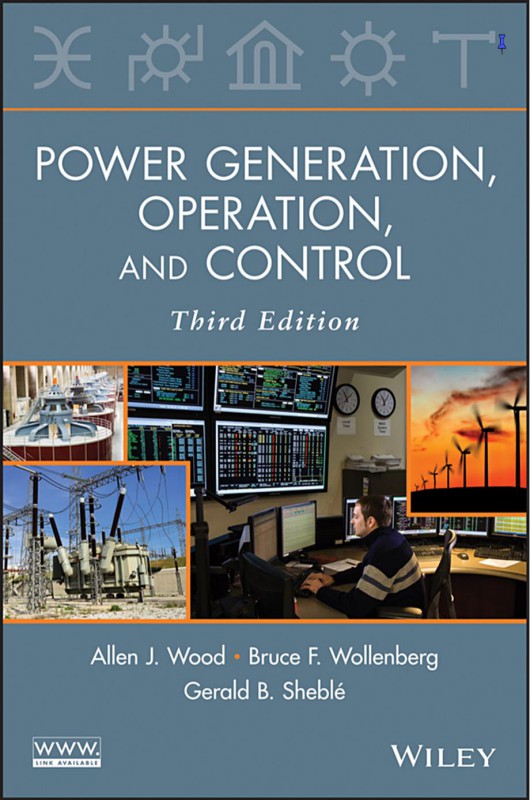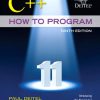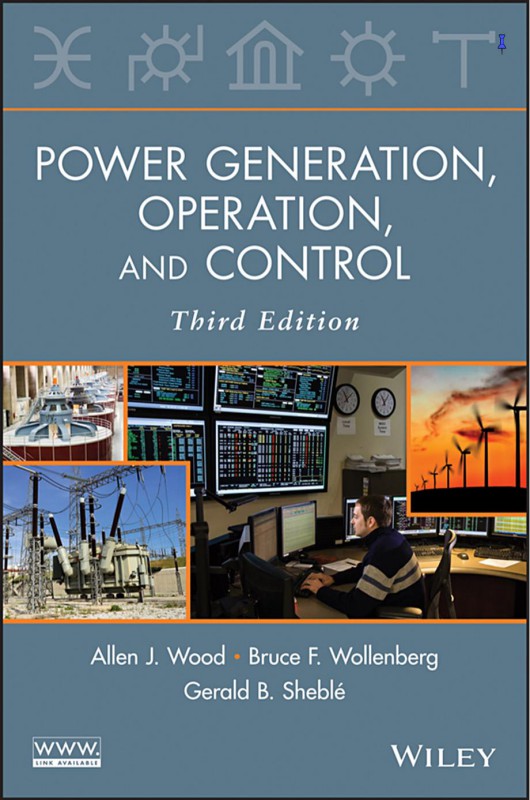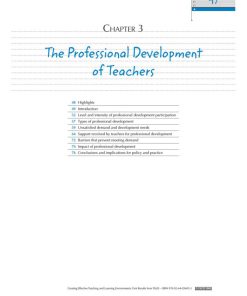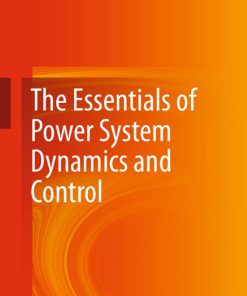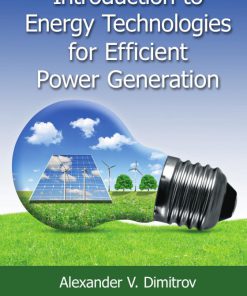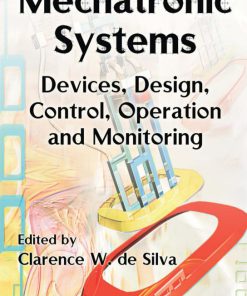(EBook PDF) Power Generation Operation and Control 3rd Edition by Allen Wood, Bruce Wollenberg, Gerald Sheblé 1119277507 9781119277507 full chapters
Original price was: $50.00.$25.00Current price is: $25.00.
Authors:Allen J. Wood; Bruce F. Wollenberg , Series:Electrical Engineering [224] , Tags:Technology & Engineering; Power Resources; General; Mechanical , Author sort:Wood, Allen J. & Wollenberg, Bruce F. , Ids:Google; 9781118585955 , Languages:Languages:eng , Published:Published:Nov 2012 , Publisher:John Wiley & Sons , Comments:Comments:A comprehensive text on the operation and control of power generation and transmission systems In the ten years since Allen J. Wood and Bruce F. Wollenberg presented their comprehensive introduction to the engineering and economic factors involved in operating and controlling power generation systems in electric utilities, the electric power industry has undergone unprecedented change. Deregulation, open access to transmission systems, and the birth of independent power producers have altered the structure of the industry, while technological advances have created a host of new opportunities and challenges. In Power Generation, Operation, and Control, Second Edition, Wood and Wollenberg bring professionals and students alike up to date on the nuts and bolts of the field. Continuing in the tradition of the first edition, they offer a practical, hands-on guide to theoretical developments and to the application of advanced operations research methods to realistic electric power engineering problems. This one-of-a-kind text also addresses the interaction between human and economic factors to prepare readers to make real-world decisions that go beyond the limits of mere technical calculations. The Second Edition features vital new material, including: * A computer disk developed by the authors to help readers solve complicated problems * Examination of Optimal Power Flow (OPF) * Treatment of unit commitment expanded to incorporate the Lagrange relaxation technique * Introduction to the use of bounding techniques and other contingency selection methods * Applications suited to the new, deregulated systems as well as to the traditional, vertically organized utilities company Wood and Wollenberg draw upon nearly 30 years of classroom testing to provide valuable data on operations research, state estimation methods, fuel scheduling techniques, and more. Designed for clarity and ease of use, this invaluable reference prepares industry professionals and students to meet the future challenges of power generation, operation, and control.

